In the late 90s I was fortunate to be part of a show of photography at San Francisco Camerawork, entitled Feed, that centered on our relationship with food. One of the artists in the show was one of my photographic heroes, John Pfahl, who in the 1970s produced his funny and quirkily beautiful Altered Landscapes series. In that San Francisco show he was represented by images of compost, Very Rich Hours of a Compost Pile.
The work that I’d to say a few things about are his documents of over-the-top gardenscapes, his Extreme Horticulture series.

John Pfahl: Dr. Wadsworth’s Tree, Chatauqua, N.Y.
These are all beautiful, color-soaked images, most of them of the sort of gardens where “natural” isn’t a word that would immediately spring to mind. The raw plant materials are often gorgeous, but they’re sheared, arranged and manipulated in ways where the hand of the gardener or designer is in-your-face obvious. Often gardens like that give me the creeps. They and talk to a culture where a country’s President is often shown on his Crawford, Texas ranch, clearing brush, like he’s some sort of representative of good humanity battling the evil forces of nature that want to overrun our boundaries. Most of Pfahl’s gardens are testosterone gardens, gardens all about control, gardens all about domination. But at the same time, they’re often beautiful or funny in their overmanicured way.
large/05baretrees.gif)
John Pfahl: Bare Trees and Topiary, Longwood Gardens, Kensett Square, PA
large/13espalier.jpg)
John Pfahl: Espalier Demonstration, Longwood Gardens, Kensett Square, PA
%20large/03gettycactus.jpg)
John Pfahl: Cactus Garden, J. Paul Getty Center, Los Angeles, California
Maybe I’m overgeneralizing, but the East Coast gardens pictured seem heavy into shaping plants into topiaried sculptures. It’s a heavily European thing–Just think of the immaculately-worked gardens at Versailles. The Western gardens seem to show a little more interest in and respect for the materials. Plants are placed where the designer wants them, but they seem to be chosen more for what they can do in that location, rather than what can be done to them. The arrangements of cactus and succulents at the Getty, for instance, show clear thought about where the plants were placed. But the plants are allowed more to be themselves. (And I wonder if that freedom somehow also translates into freedoms that people are allowed to have…) Besides, have you ever tried to prune a cactus?
The tension of natural tendencies versus control is one that’s always interesting to me. Nature often isn’t convenient, and it’s often never where we want it to be. Scraping a hillside to put in suburban housing and pulling up an errant weed are part of the same continuum. But where do you draw the line about what’s good and what’s bad? Is keeping a garden inherently better than bulldozing native scrub to build more mcmansions? I think the answer is yes, but the question is a complicated one. There’s economics, notions of justice, respect for living things, and all sorts of other things that have to be considered. It’s an intriguing question that resides not far below the surface of John Pfahl’s photographs.

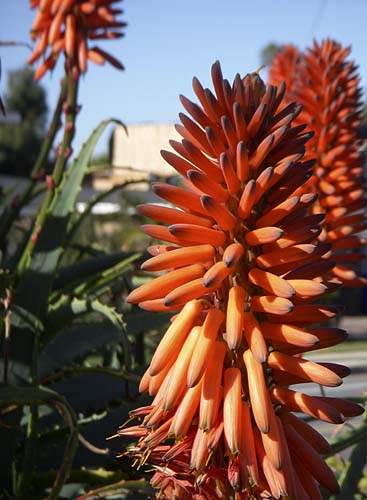

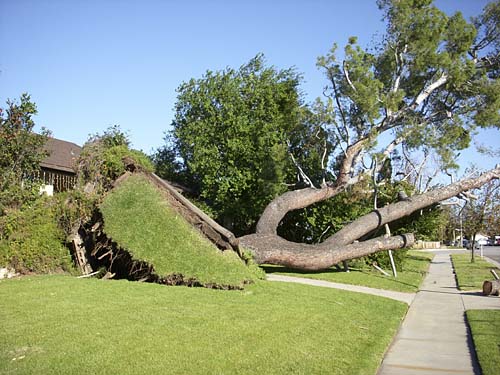
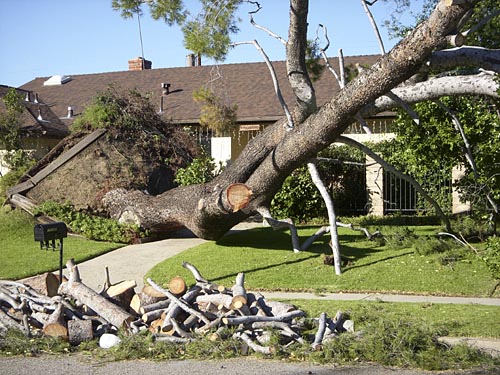
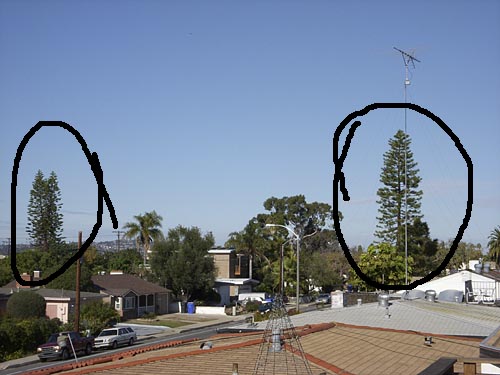
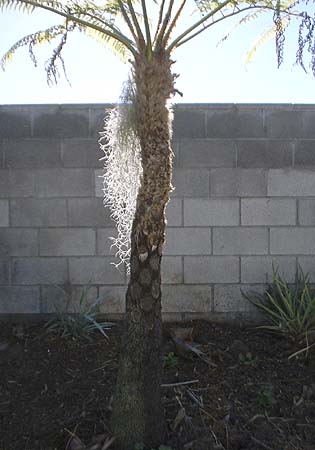
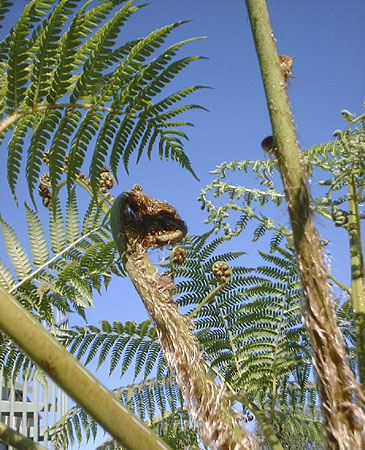
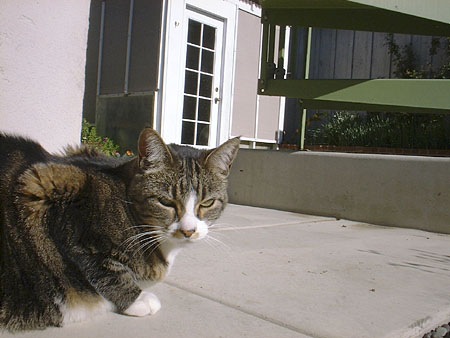
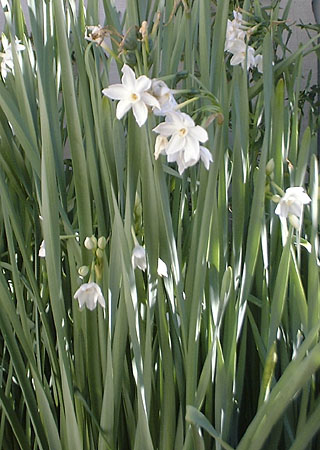

large/05baretrees.gif)
large/13espalier.jpg)
%20large/03gettycactus.jpg)